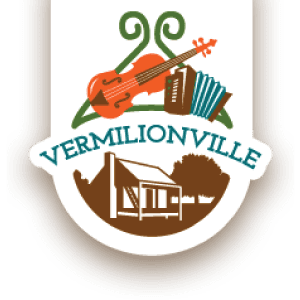Museums: from Curiosities to Caretakers of Culture
“A museum is a non-profit, permanent institution in the service of society and its development, open to the public, which acquires, conserves, research, communicates and exhibits the tangible and intangible heritage of humanity and its environment for the purposes of education, study and enjoyment.” – International Council of Museums
Museums are at the intersection of multiple lanes of society: cultural, political, and environmental. Each artifact within the collection has its own history, including specific time, place, environment, and people to which it belong(s)(ed) to. Museums are a place where cross disciplinary projects are part of the everyday, as well as the innate desire to be good stewards towards the collections that are held in trust.

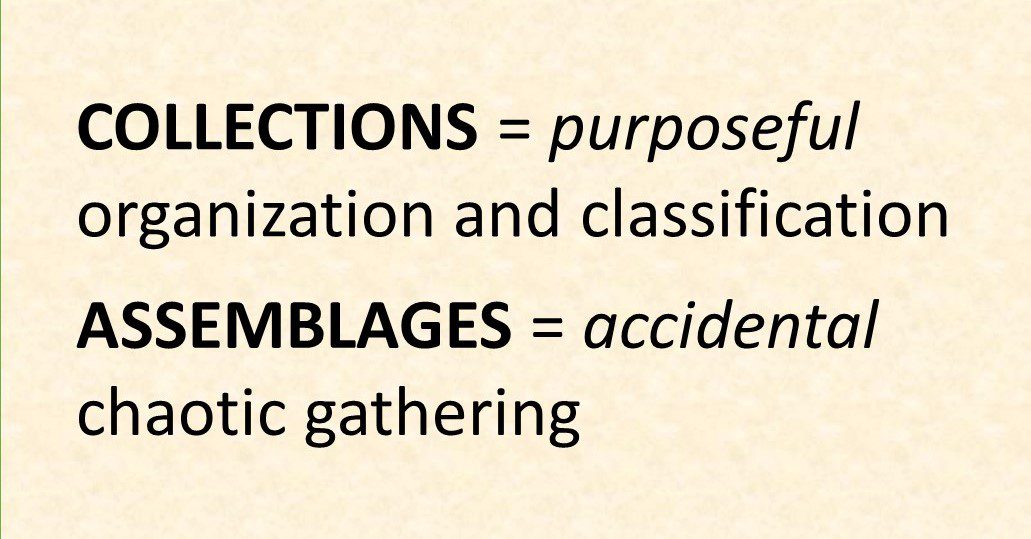
Why do we collect? The idea behind collecting is both complex and simple, to enact preservation methods and to create order. Artifacts that have been accessioned into museum collections are both protected from deterioration and destruction, as well as categorized to better understand their meaning and educate visitors/ researchers. This is not all that occurs to these artifacts, as their direct interpretation changes when they are “musealized.” Musealization is when an object is removed from its original natural or cultural environment to be accessioned in a museum or museum-like collection. When this happens, and continues to happen as the object is potentially moved from collection to collection, they acquire new history and new meaning different from the point where they were taken from their original context.
An Exploration of the Original Vermilionville Sites:
The American Alliance of Museums
“As the museum field’s mark of distinction since 1971, accreditation offers high profile, peer-based validation of your museum’s operations and impact. Accreditation increases your museum’s credibility and value to funders, policy makers, insurers, community, and peers. Accreditation is a powerful tool to leverage change and helps facilitate loans between institutions.” – American Alliance of Museums
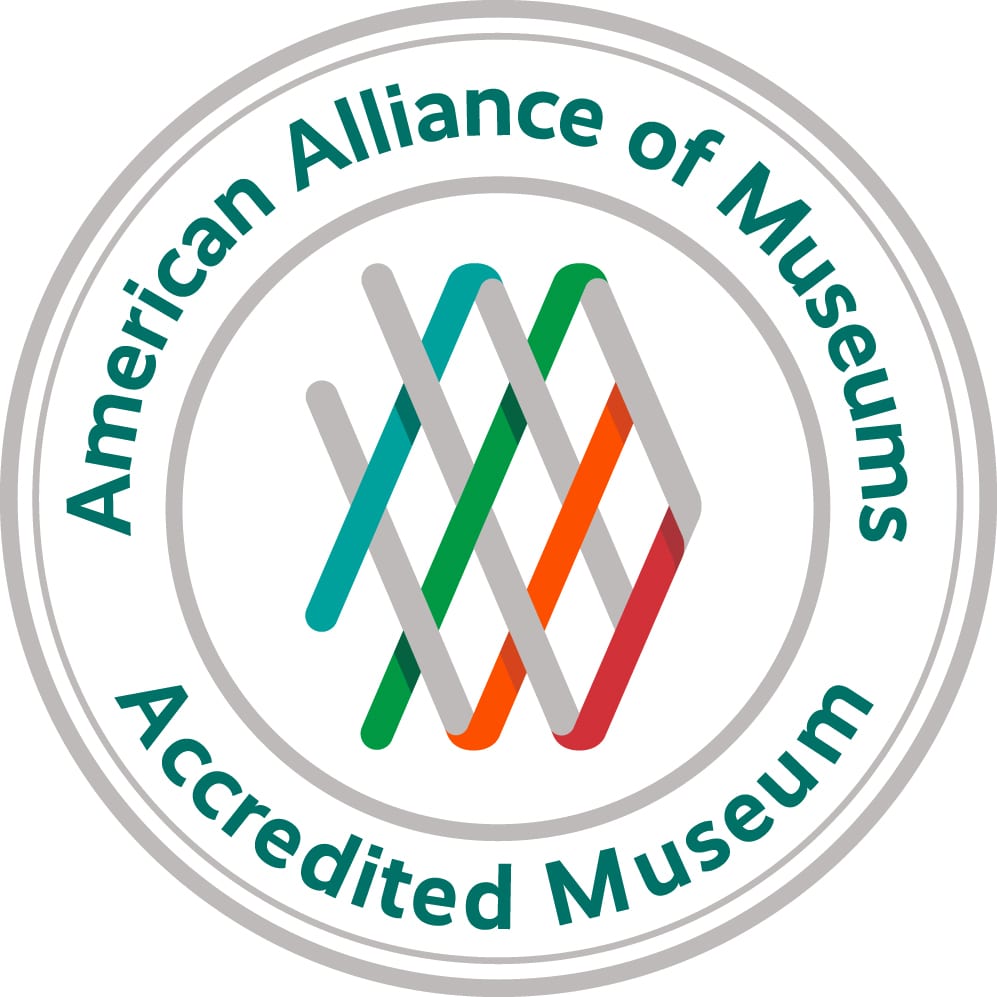
The exclusivity of accreditation is demonstrated through the fact that only an estimated 3% of the museums in the United States have been awarded accreditation, with 22% of this figure being history museums. Earning accreditation shows that museum is achieving its mission, goals, and is actively practicing towards standards of excellence.
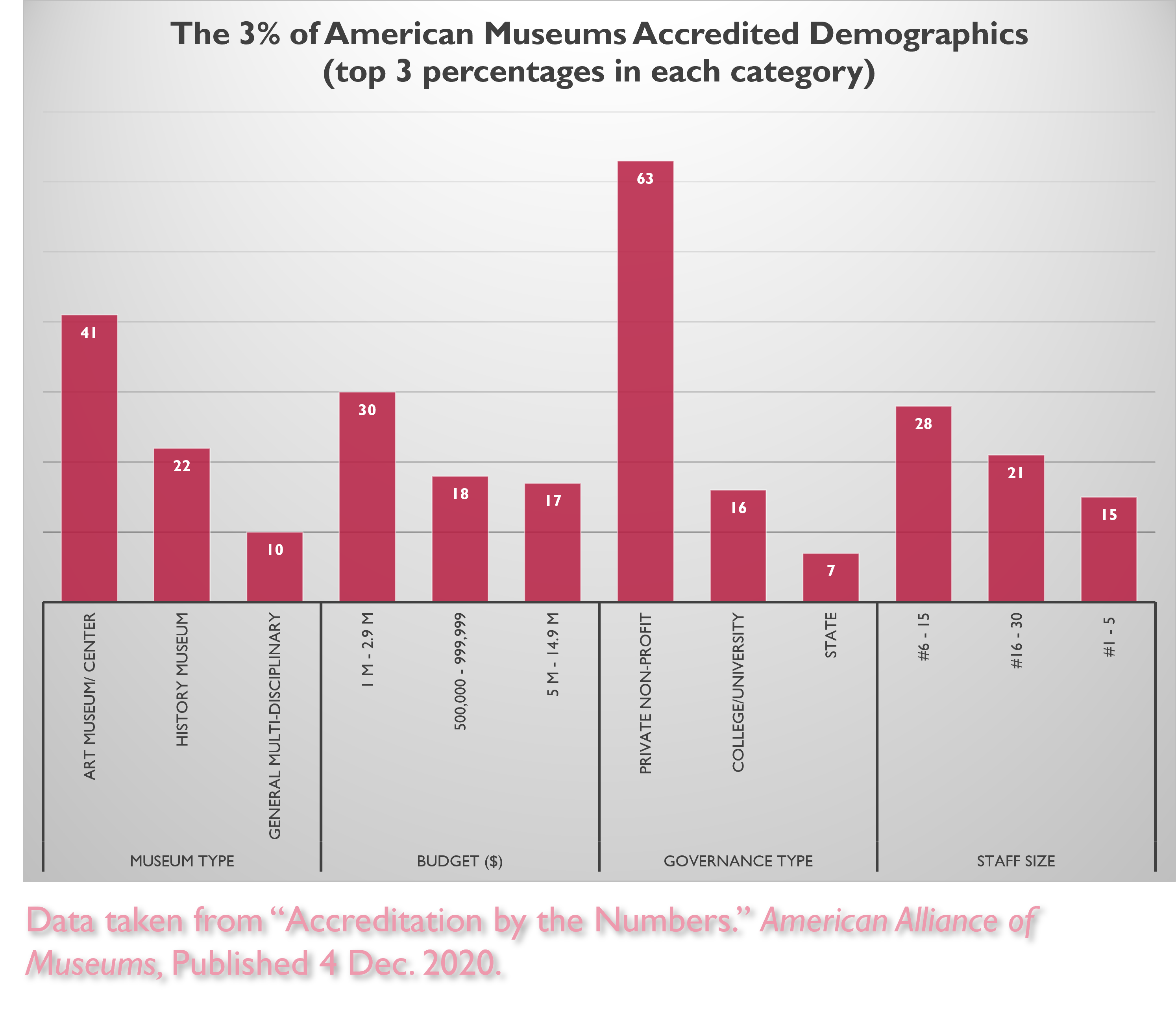
-
Builders of the Economy
-
Anchors within the Community
-
Loved by the Public
-
Servers of the Public
-
Partners with Schools and Education
-
Inclusive Spaces
In June 2020, Vermilionville became the only museum in the Lafayette, Louisiana area to be nationally accredited by the American Association of Museums. This award was the culmination of many years of hard work by the staff and affirms the quality cultural interpretation and exhibition offered at Vermilionville. Accreditation is the highest honor that can be bestowed on a museum, an honor that Vermilionville will cherish and hold itself accountable to in fulfilling its commitment to Museum Excellence
For Further Reading
American Alliance of Museums, Accreditation. https://www.aam-us.org/programs/accreditation-excellence-programs/accreditation/
Chaliakopoulos, Antonis. “History of Museums: A Look at The Learning Institutions Through Time.” The Collector, 13 Oct. 2020.
Mondello, Bob. “A History Of Museums, ‘The Memory Of Mankind’.” NPR, NPR, 24 Nov. 2008.
International Council of Museums. https://icom.museum/en/
Simmons, John. History of Museums. Encyclopedia of Library and Information Sciences. 2010.
Woolley, Leonard. Ur of the Chaldees: a Record of Seven Years of Excavation. Penguin Books, 1950.
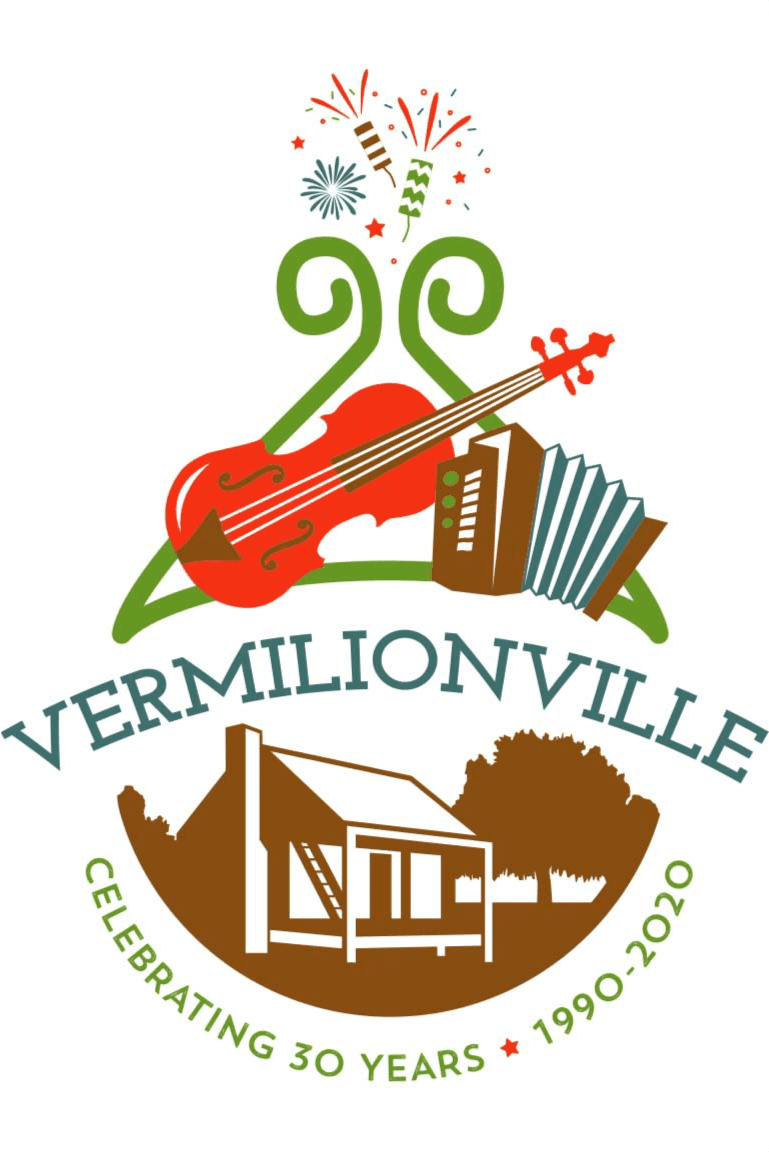

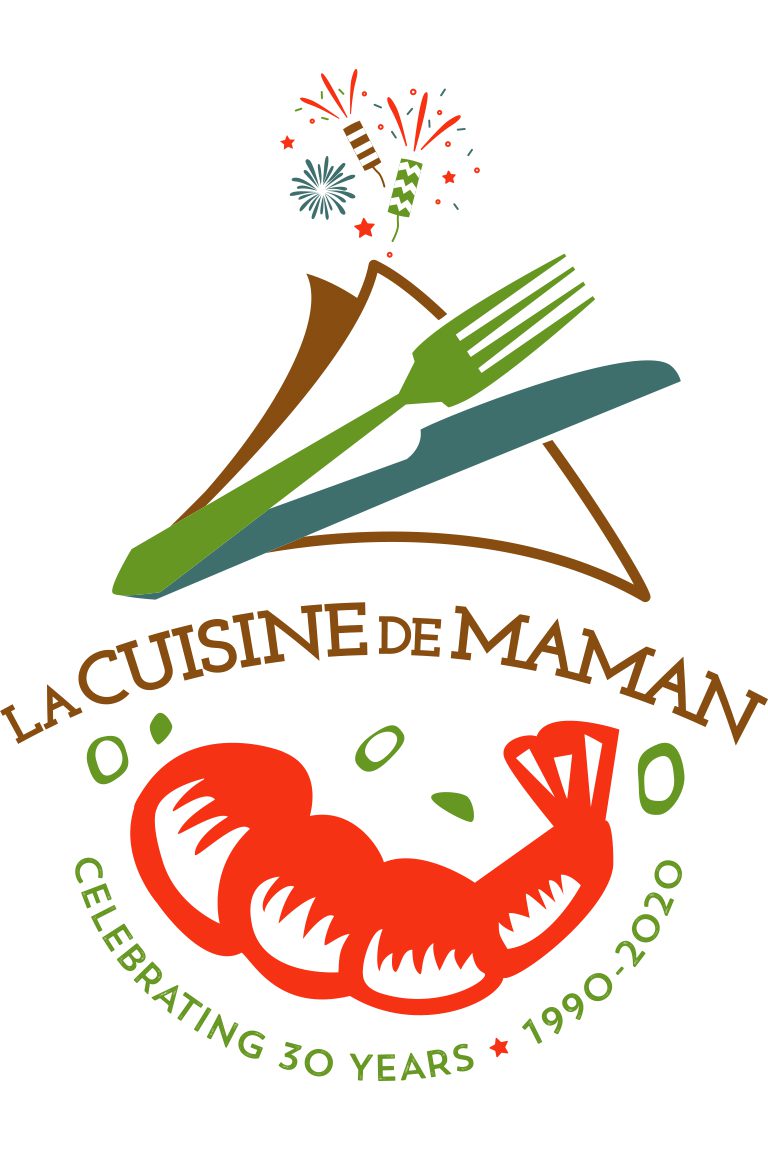
Vermilionville
Bayou Vermilion District
